One hundred (and six) years ago, on the 22nd October 1917, war poet Wilfred Owen paid a visit to the Advocates Library and met with Charles John Guthrie (Lord Guthrie). To commemorate the centenary I put together a very small, private exhibition in the Advocates Library. Since we’re approaching another Armistice Day, and it’s a sweet story, I decided to re-post.
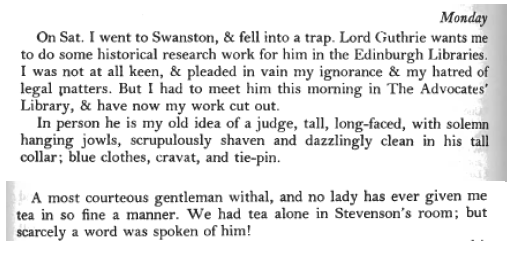
From the end of June to early November 1917, Wilfred Owen was resident at Craiglockhart War Hospital, receiving treatment for shell-shock. His doctor, Arthur Brock practised ergo therapy, ‘the cure by functioning’. Brock encouraged his patients to work and explore outdoors, and to experience the local community and culture.
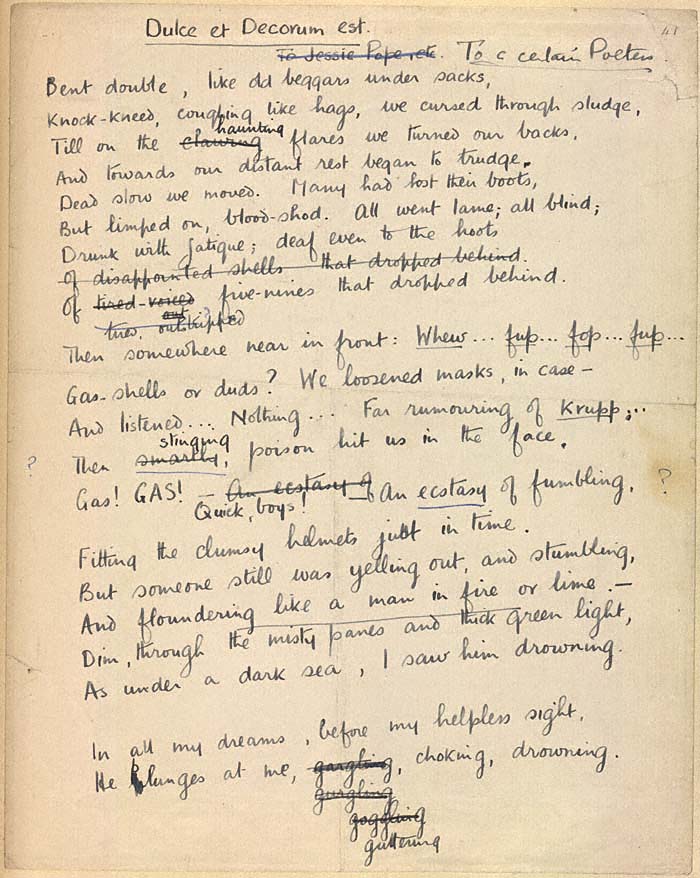
When Owen learned that author (and Advocate) Robert Louis Stevenson had stayed nearby as a child, he set out to visit Stevenson’s childhood haunts in the Pentland Hills. There he met Lord Guthrie who lived in Stevenson’s former house, Swanston Cottage. Stevenson’s family had spent summers at Swanston from 1867 to 1880. When Lord Guthrie took the lease in 1908 the property was much as it had been in Stevenson’s time. Wilfred Owen had tea with Lord Guthrie at Swanston, at which time the judge persuaded him to undertake some “historical research work” – leading to Owen’s visit to the Advocates Library.
Stevenson remembered Swanston Cottage with fondness and a detailed description of its unusual architecture featured in his story St. Ives: being the adventures of a French prisoner in England. Owen read St Ives while at Craiglockhart and enjoyed it so much he wrote of it to his mother, recommending she buy a copy to read herself.

Lord Guthrie had known Stevenson at university and both men were called to the Bar in 1875. Although Stevenson soon left Edinburgh to pursue his writing career, Lord Guthrie stayed in touch with Stevenson and his family until the writer’s death in 1894.
“I remain, my dear Guthrie, your old comrade, Robert Louis Stevenson” – from a letter, dated 18th January 1880
After 3 months of treatment at Craiglockhart, Owen was deemed fit for light duties (office work) and left Edinburgh. However, by October 1918 he was back on the Western Front where he won the Military Cross for his courage and leadership. Wilfred Owen was killed at Ors on 4 November 1918, just days before the Armistice was signed.

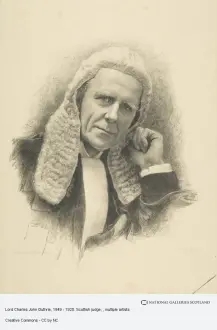

Image: treasures.bodleian.ox.ac.uk
The centenary of Wilfred Owen’s time in Edinburgh was commemorated more generally during summer 2017. You can find details here.
originally posted on: ELISA blog, 2017


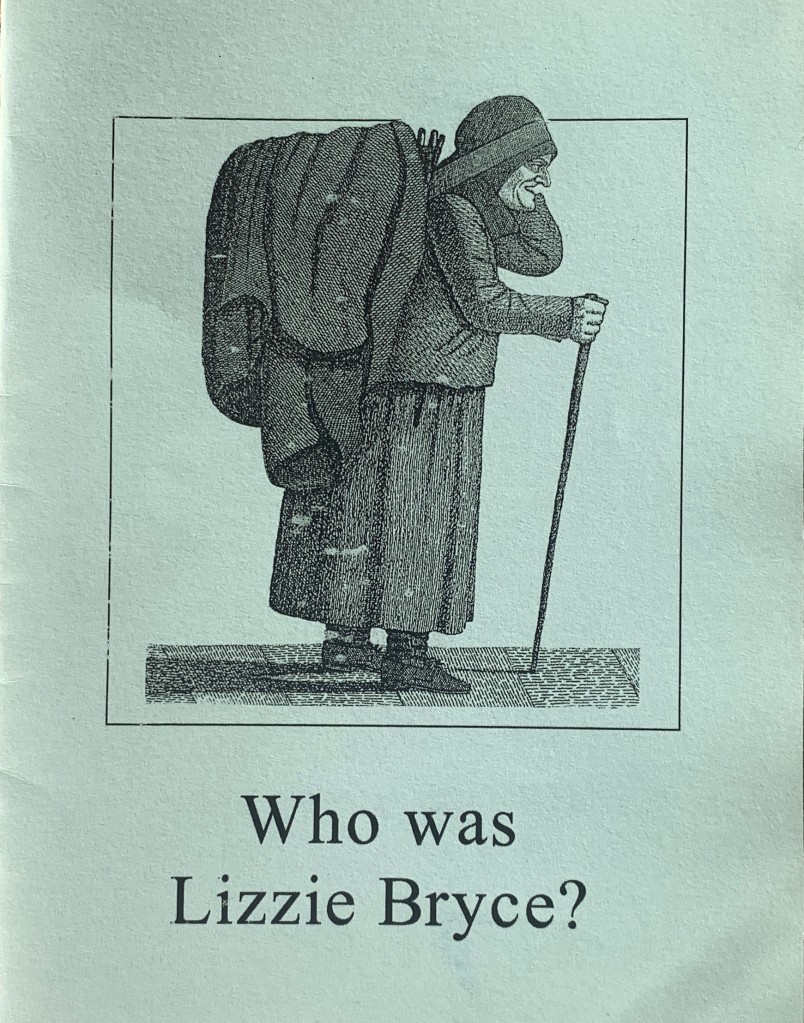
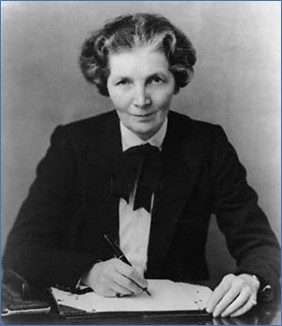
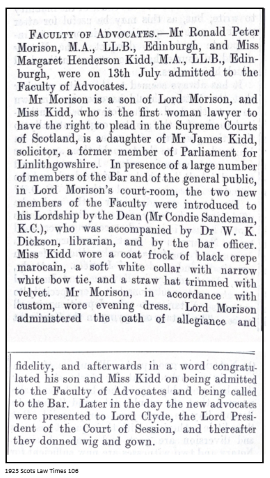



 Wilfred Owen’s letter to his mother, 22nd October 1917 from ‘Selected letters’ by Wilfred Owen; edited by John Bell, 2nd edition 1998
Wilfred Owen’s letter to his mother, 22nd October 1917 from ‘Selected letters’ by Wilfred Owen; edited by John Bell, 2nd edition 1998  ‘Dulce et Decorum Est’ by Wilfred Owen. Written at Craiglockhart in the…
‘Dulce et Decorum Est’ by Wilfred Owen. Written at Craiglockhart in the… This isn’t quite such a romp as the wonderful ‘Whisky Galore’ but I very much enjoyed the gentle satire in this book.
This isn’t quite such a romp as the wonderful ‘Whisky Galore’ but I very much enjoyed the gentle satire in this book.